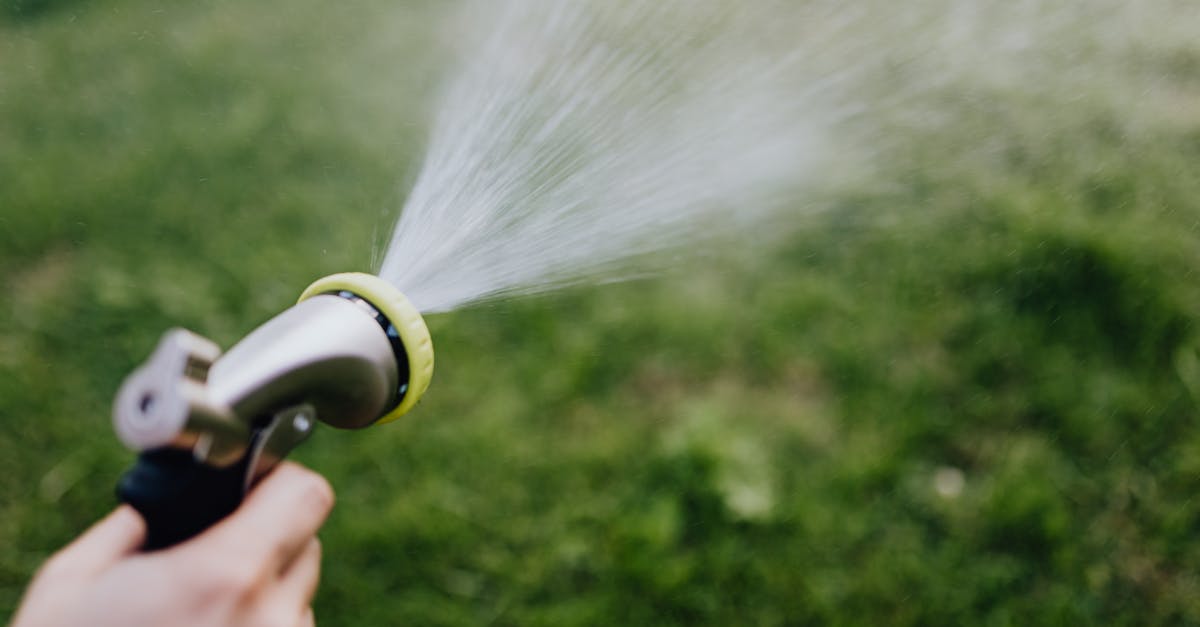
Grass Maintenance
Grass Maintenance
When it comes to maintaining a healthy and vibrant yard, many homeowners often overlook the importance of seasonal tasks like Snow removal for lawns. In colder climates, snow can accumulate on grass and create several challenges for a thriving landscape. If left untreated, snow can lead to the development of mold and hinder the growth of the underlying grass. Therefore, understanding the best practices for snow removal for lawns is essential in ensuring that your yard remains in peak condition throughout the winter months.
In addition to promoting the health of your grass, proper snow removal for lawns can also enhance the overall appearance of your outdoor space. A well-maintained yard adds curb appeal and boosts property value, making it an important focus for homeowners. Utilizing effective snow removal techniques not only protects your turf but also prepares it for a robust spring revival. As winter approaches, it's crucial to develop a strategy that includes efficient snow removal for lawns to ensure a beautiful and resilient lawn when warmer weather arrives.
Hydration Techniques to Healthy Lawn
Establishing efficient watering techniques is key to ensuring the healthy yard. This involves knowing different requirements of your lawn according to aspects including weather, soil type, and the type of grass. Deep watering each week is often recommended since it supports more profound root growth.
Moreover, timing plays a significant role for successful grass maintenance. Irrigating early in the morning is ideal to reduce evaporation and help the grass to take in moisture efficiently. Using soaker hoses that offer a gentle release of water may assist preserve the moisture in the soil while avoiding excess runoff. Observing local weather patterns furthermore helps that you hydrate the yard appropriately.
Tips on Efficient Irrigation Methods
Effective irrigation can be a key aspect of lawn care. Grasping appropriate volume required for water the grass needs becomes important. This can be advantageous to water early in the morning when heat are cooler. Doing so ensures moisture to permeate deeply into the soil rather than disappearing in the heat of the day.
Additionally, adopting smart irrigation approaches can help reduce water while fostering a lush lawn. Think about using a soaker hose or drip irrigation system for provide water directly to the roots while minimizing unnecessary runoff. Monitoring the moisture level in the soil can also aid inform when it is time to water again. With applying these guidelines, you can guarantee a healthy and thriving lawn.
Finding the Appropriate Grass Breed for Your Conditions
Choosing the right lawn variety is crucial to ensure a thriving garden. Several lawn types thrive under specific weather circumstances. To illustrate, cool-season grasses like Kentucky bluegrass grow well in northern regions, while tropical grasses like Zoysia are suited to warmer climates. Having knowledge of your regional conditions serves as a key factor when making a choice which lawn variety to choose.
Once you have a grasp on your conditions, the following step is to evaluate other factors that can influence your lawn choice. Soil type, sun exposure, and water availability all play in how well a certain lawn variety will thrive. As an example, if you have clay soil, you might want to opt for lawn varieties that are more tolerant to those conditions. Additionally, if your lawn receives full sun, opting for a lawn that prefers sunlight will help guarantee a more healthy landscape.
Factors when Choosing a Lawn Type
Choosing a appropriate lawn variety is often critical for attaining a lush lawn. Things to think about involve local climate factors in the local location. Warm-season grass types do best under warm temperatures, while cool-season grass excels best during cooler climates.
Another consideration involves your yard's intended use. High-traffic lawns need resilient grass that are able to withstand frequent use. Additionally, soil type and light conditions must be evaluated to ensure the chosen lawn will thrive in your environment.
Eco-Friendly Grass Practices for Earth-Friendly Gardeners
Nurturing the grass with an eco-friendly approach is not only help nature, but promotes the well-being of your yard. Adopting natural fertilizers along with insect management techniques which are safe for both humans and non-target species is a fantastic option for those looking to lower their impact on nature.
Integrating organic techniques for example composting clippings to serve as mulch and creating local flora will improve the vitality of your grass's look while caring for native species. Selecting native turf which need less water and are more durable to regional climates serves as a beneficial way to secure a vibrant grass without overly high resource use.
Advantages of Choosing Eco-Friendly for The Yard
Going sustainable approaches for the lawn delivers various reasons. One advantage is the favorable impact on the ecosystem. Organic methods reduces the use of harmful chemicals that can contaminate soil and damage local wildlife. By embracing these practices, individuals contribute to a healthier planet while enjoying a lush and vibrant lawn.
Another benefit of opting for organic practices is enhanced soil health. Organic nutrients encourage the growth of beneficial microorganisms in the earth, leading to enhanced nutrient availability for your lawn. Robust soil results in increased drought resistance and minimized susceptibility to pests and diseases. As a result, going sustainable does not only helpful for the environment but also establishes a thriving and resilient lawn.